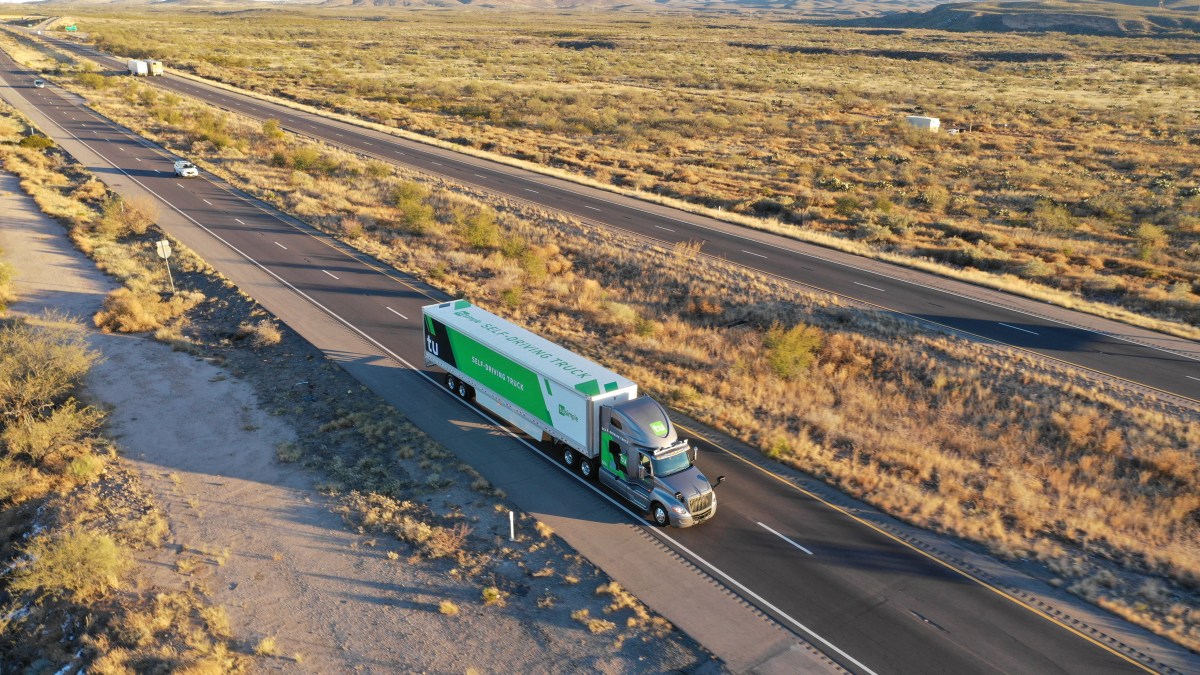I am not picking arbitrary dates.
Of course you are.
There's no official "date we began to scale" so you're making one up that best supports your argument.
I am picking dates when Waymo actually started scaling
Heck, even YOU didn't agree with you on what that date was.... first you said it was when they changed their name to Waymo.... then you moved the goalposts even further ahead to when they start when they "actually had a public robotaxi"
And I'm sure if we tried to drill down you'd move THAT forward to to not count the time with safety drivers, or before they could charge fares.
And none of those argument are really any better than, say, "We should start counting from when they first start operating, at all, in a given city" to determine how long it takes them to scale TO that city.
In SF it was a REALLY long time...more than 10 years. In LA it's going to be at minimum 4 years (which is less than SF, but hardly quick).
They scaled to downtown Phoenix and SF in mere months, not years.
Ah, see, you're pushing those goalposts years forward again and ignoring all the time spent in Chandler I guess....
And Waymo does not tailor for each city. Waymo says it is the same autonomous driving software that they use in every city. Waymo has generalized FSD that works in any city.
I mean... WAYMO says you're wrong, but WTF do they know right? Because they specifically cited their testing deployments in Washington state recently as being for them to learn to operate in wet weather. So doesn't sound very generalized right now- nor does it sound like the "same" SF working in super dry and sunny Phoenix is gonna work in Bellevue Washington where they're testing.
They DID mention that one reason they picked that spot was because
apart from weather it was really similar to the places they've already got something mostly working.... which further implies they'll need to tailor
again when they try and expand to someplace with significantly different roads.
Not just that but Tesla was based on prototype work done by two groups started in 2004 if I remember correctly.
You don't. Seems to be a pattern with you.
Teslas founders liked someone elses prototype, and encouraged them to make a commercial version- and they didn't want to- so they started Tesla to make something like it.
Initially they licensed the someone elses patents- but ended up so dissatisfied with the real world results they redesigned everything themselves-- in the end the roadster used
none the original intellectual property from the someone else.
If you don’t know the origin of Tesla go do your own homework. Enjoy
I do, you do not- hence why I asked you to support your claim with a source- which you were unsurprisingly unable to do.
And thinks Tesla started in 2003 when the prototypes were being built in 1997.
Also factually wrong.
What's epsecially weird is none of this founding-of-tesla stuff has anything, at all, to do with self driving since it'd be years after the founding they'd do anything at all related to it... so it's a really weird red herring for you to be wrong again about.
I think he’s entertaining, only when he tries to argue both sides of something (Uber being a good model for Tesla robotaxi and bad for Waymo robotaxi does it get irritating).
When, specifically, did I do that?
(though of course there's a substantial difference in vehicle cost to consider, beyond the other major differences like one solution being functional L4 today with a narrow ODD and scaling problems- and the other being L2 today with a very wide ODD but seeming years from L4- so there's that as additional reasons they're pretty different things rather than any direct comparison apples/apples you imply I made but won't be able to provide evidence of)




/cloudfront-us-east-2.images.arcpublishing.com/reuters/A4XQ6JS6C5OD5NUTMYQKMW35GI.jpg)
/cdn.vox-cdn.com/uploads/chorus_asset/file/24217227/226414_Waymo_Zeekr_ABassett_0001.jpg)
/cdn.vox-cdn.com/uploads/chorus_asset/file/24217231/226414_Waymo_Zeekr_ABassett_0005.jpg)
/cdn.vox-cdn.com/uploads/chorus_asset/file/24217227/226414_Waymo_Zeekr_ABassett_0001.jpg)